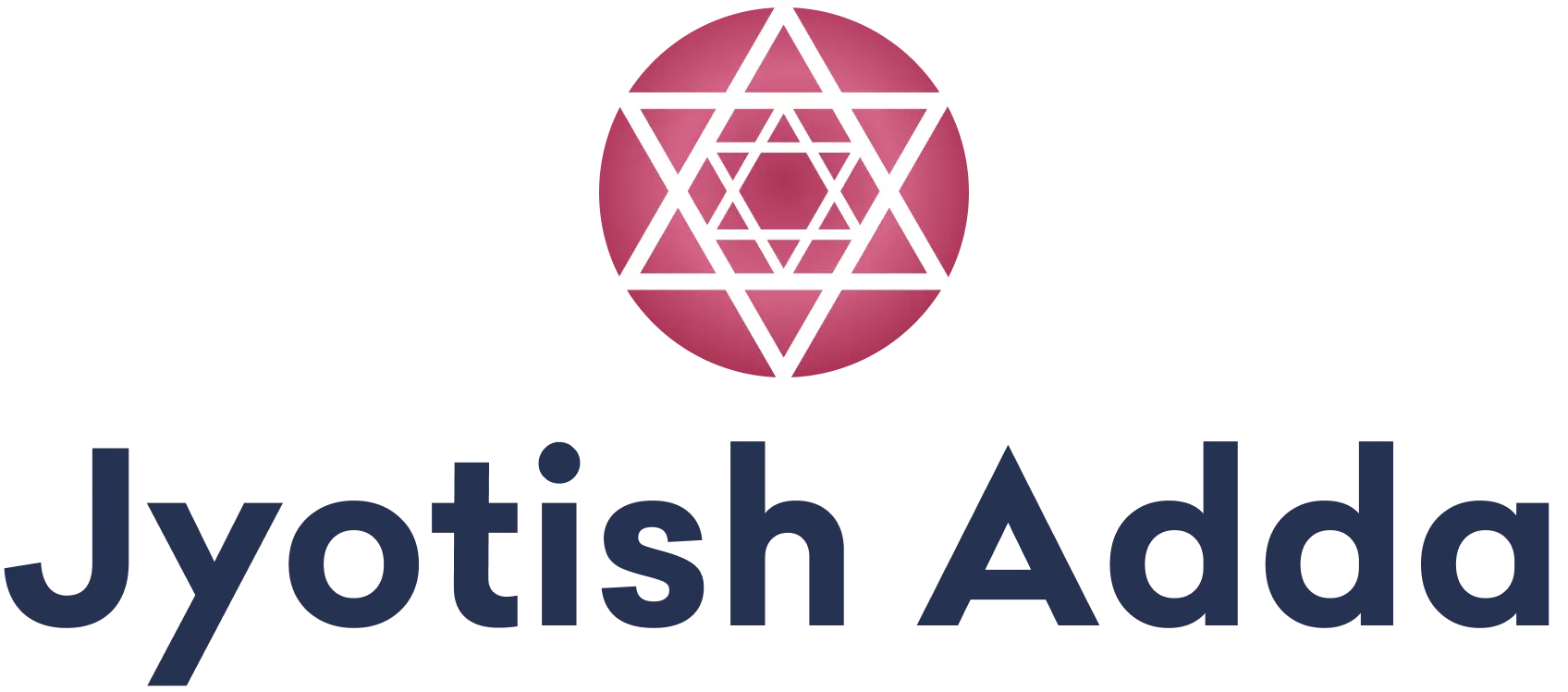The operating system of 1Z0-184-25 exam practice has won the appreciation of many users around the world. Within five to ten minutes after your payment is successful, our operating system will send a link to 1Z0-184-25 Training Materials to your email address. After our 1Z0-184-25 study guide update, our operating system will also send you a timely message to ensure that you will not miss a single message.
| Topic | Details |
|---|---|
| Topic 1 |
|
| Topic 2 |
|
| Topic 3 |
|
>> New 1Z0-184-25 Test Forum <<
There are many certificates for you to get but which kind of certificate is most authorized, efficient and useful? We recommend you the 1Z0-184-25 certificate because it can prove that you are competent in some area and boost outstanding abilities. If you buy our 1Z0-184-25 Study Materials you will pass the test smoothly and easily. On one hand, you can study the most professional and specialized knowledge in this field. On the other hand, you can gain the 1Z0-184-25 certification.
NEW QUESTION # 13
Which parameter is used to define the number of closest vector candidates considered during HNSW index creation?
Answer: B
Explanation:
In Oracle 23ai, EFCONSTRUCTION (A) controls the number of closest vector candidates (edges) considered during HNSW index construction, affecting the graph's connectivity and search quality. Higher values improve accuracy but increase build time. VECTOR_MEMORY_SIZE (B) sets memory allocation, not candidate count. NEIGHBOURS (C) isn't a parameter; it might confuse with NEIGHBOR_PARTITIONS (IVF). TARGET_ACCURACY (D) adjusts query-time accuracy, not index creation. Oracle's HNSW documentation specifies EFCONSTRUCTION for this purpose.
NEW QUESTION # 14
Which operation is NOT permitted on tables containing VECTOR columns?
Answer: A
Explanation:
In Oracle 23ai, tables with VECTOR columns support standard DML operations: SELECT (A) retrieves data, UPDATE (B) modifies rows, and DELETE (C) removes rows. However, JOIN ON VECTOR columns (D) is not permitted because VECTOR isn't a relational type for equality comparison; it's for similarity search (e.g., via VECTOR_DISTANCE). Joins must use non-VECTOR columns. Oracle's SQL reference restricts VECTOR to specific operations, excluding direct joins.
NEW QUESTION # 15
What is the significance of splitting text into chunks in the process of loading data into Oracle AI Vector Search?
Answer: A
Explanation:
Splitting text into chunks (C) in Oracle AI Vector Search (e.g., via DBMS_VECTOR_CHAIN.UTL_TO_CHUNKS) ensures that each segment fits within the token limit of embedding models (e.g., 512 tokens for BERT), preventing truncation that loses semantic content. This improves vector quality for similarity search. Reducing computational burden (A) is a secondary effect, not the primary goal. Parallel processing (B) may occur but isn't the main purpose; chunking is about model compatibility. Oracle's documentation emphasizes chunking to align with embedding model constraints.
NEW QUESTION # 16
What happens when you attempt to insert a vector with an incorrect number of dimensions into a VECTOR column with a defined number of dimensions?
Answer: B
Explanation:
In Oracle Database 23ai, a VECTOR column with a defined dimension count (e.g., VECTOR(4, FLOAT32)) enforces strict dimensional integrity to ensure consistency for similarity search and indexing. Attempting to insert a vector with a mismatched number of dimensions-say, TO_VECTOR('[1.2, 3.4, 5.6]') (3D) into a VECTOR(4)-results in the insert operation failing with an error (D), such as ORA-13199: "vector dimension mismatch." This rigidity protects downstream AI operations; a 3D vector in a 4D column would misalign with indexed data (e.g., HNSW graphs), breaking similarity calculations like cosine distance, which require uniform dimensionality.
Option A (truncation) is tempting but incorrect; Oracle doesn't silently truncate [1.2, 3.4, 5.6] to [1.2, 3.4]-this would discard data arbitrarily, risking semantic loss (e.g., a truncated sentence embedding losing meaning). Option B (padding with zeros) seems plausible-e.g., [1.2, 3.4, 5.6] becoming [1.2, 3.4, 5.6, 0]-but Oracle avoids implicit padding to prevent unintended semantic shifts (zero-padding could alter distances). Option C (ignoring dimensions) only applies to undefined VECTOR columns (e.g., VECTOR without size), not fixed ones; here, the constraint is enforced. The failure (D) forces developers to align data explicitly (e.g., regenerate embeddings), ensuring reliability-a strict but necessary design choice in Oracle's AI framework. In practice, this error prompts debugging upstream data pipelines, avoiding silent failures that could plague production AI systems.
NEW QUESTION # 17
What is the primary purpose of the VECTOR_EMBEDDING function in Oracle Database 23ai?
Answer: C
NEW QUESTION # 18
......
Don't be trapped by one exam and give up the whole Oracle certification. If you have no confidence in passing exam, Prep4cram releases the latest and valid 1Z0-184-25 guide torrent files which is useful for you to get through your exam certainly. The earlier you pass exams and get certification with our 1Z0-184-25 Latest Braindumps, the earlier you get further promotion and better benefits. Sometimes opportunity knocks but once. Timing is everything.
Actual 1Z0-184-25 Test: https://www.prep4cram.com/1Z0-184-25_exam-questions.html
We have the World Famous Astrologers on the Best Astrology Website in India, practising different types of astrology.
They will provide the best horoscope astrology to you by analysing your birth chart and your zodiac signs.
Eternia Tower, Mahagun Mascot, Ghaziabad, Uttar Pradesh - 201016
Phone: +91-9599110789
Email: info@jyotishadda.com
Web: www.jyotishadda.com
